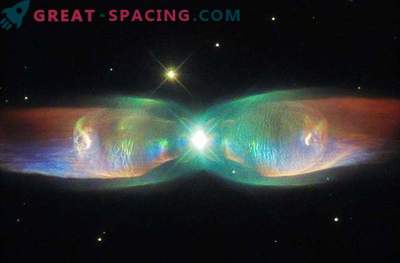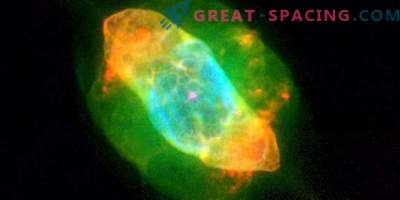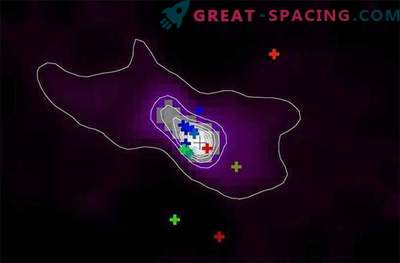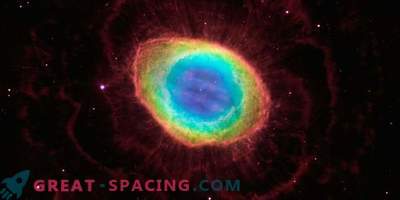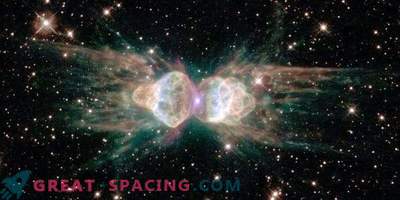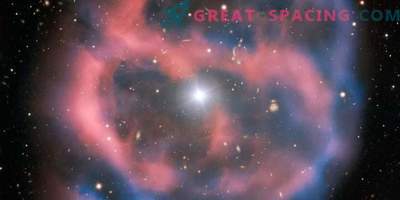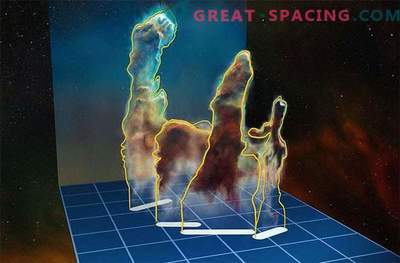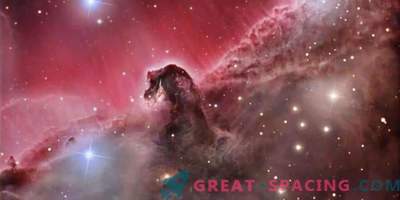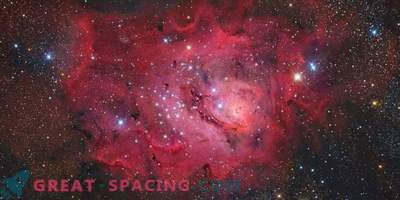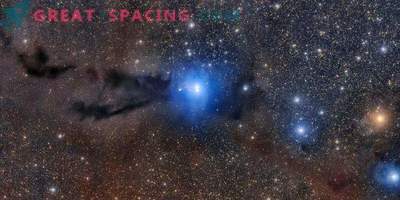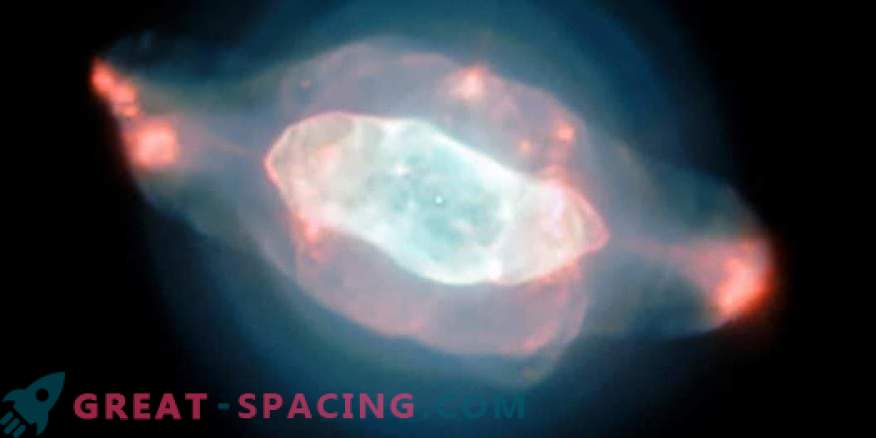
The planetary nebula NGC 7009 (Saturn's Nebula) is shown out of the dark in the form of fancy bubbles. Colorful shot mined tool MUSE on VLT
Before you planetary nebula NGC 7009, reminiscent of a cluster of colored bubbles. The map shows complex structures immersed in dust. Among them: shells, halo, the like of a wave. All these forms will help to understand exactly how nebulae form and come to symmetry.
The nebula lives at a distance of 5000 light years in the territory of Aquarius. It is also called Saturn because it is shaped like a ringed planet. Previously, it was a star with a small mass, which passed into the red giant stage and pushed the outer layers. The material swelled and brightened with UV rays, creating a nebula from dust and hot gas. In the center is a dying star transforming into a white dwarf. To understand the process of creating forms, the scientists decided to get inside the nebula using the MUSE tool on the VLT (Very Large Telescope).
The device helped to obtain the first detailed maps of dust and gas distribution, which opens up various structures of the nebula: an elliptical inner shell, outer shell, and halo. Also visible is the wave function. Dust has spread all over the nebula, but the least amount is at the edges where it collapses.
The inner shell is an expanding shock wave capable of crashing into dust grains and erasing them, raising the temperature.
Comparison of gas and dust structures will help to understand the role that planetary nebulae play in the life and death of low-mass stars, as well as the principle of creating such forms.
